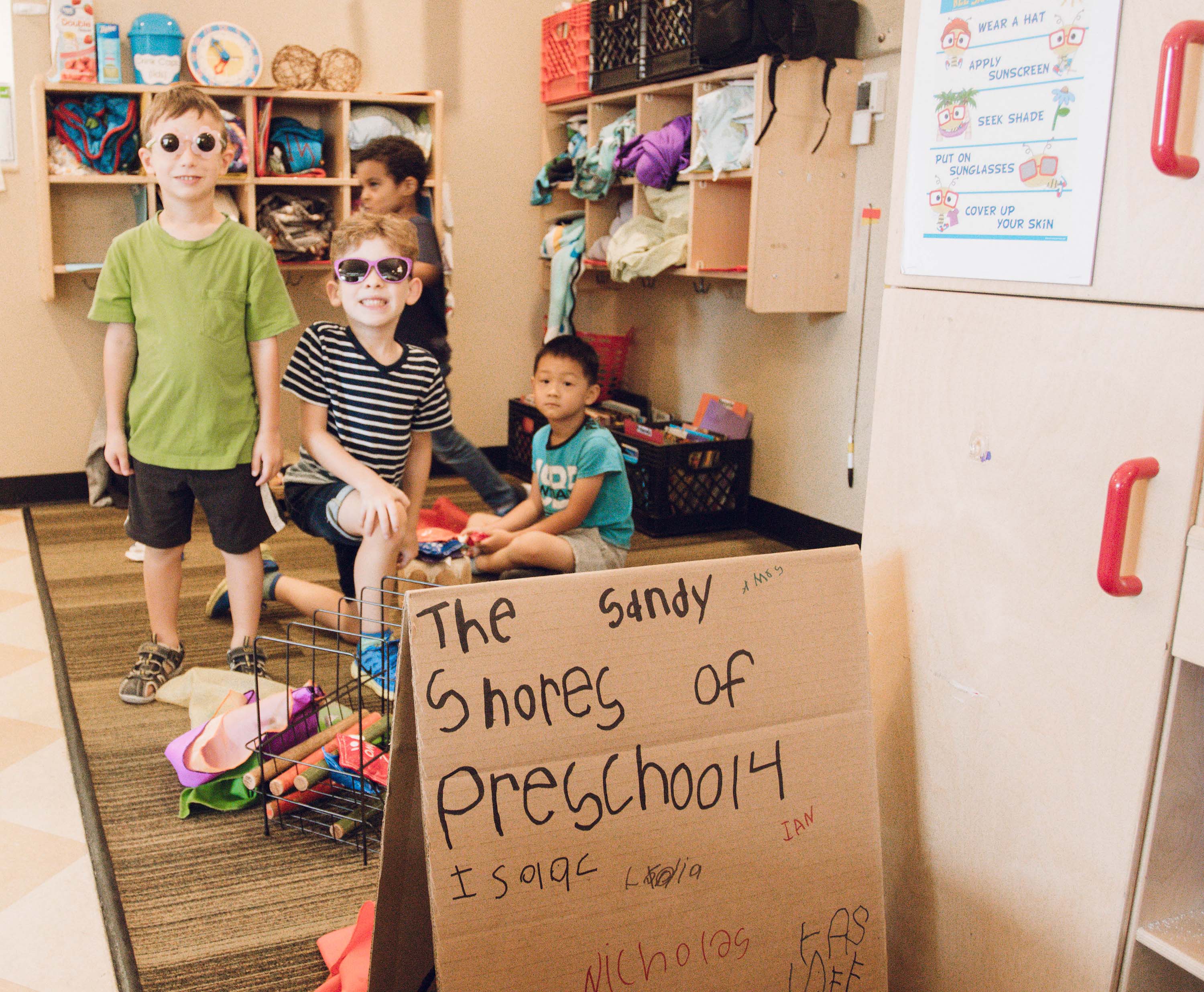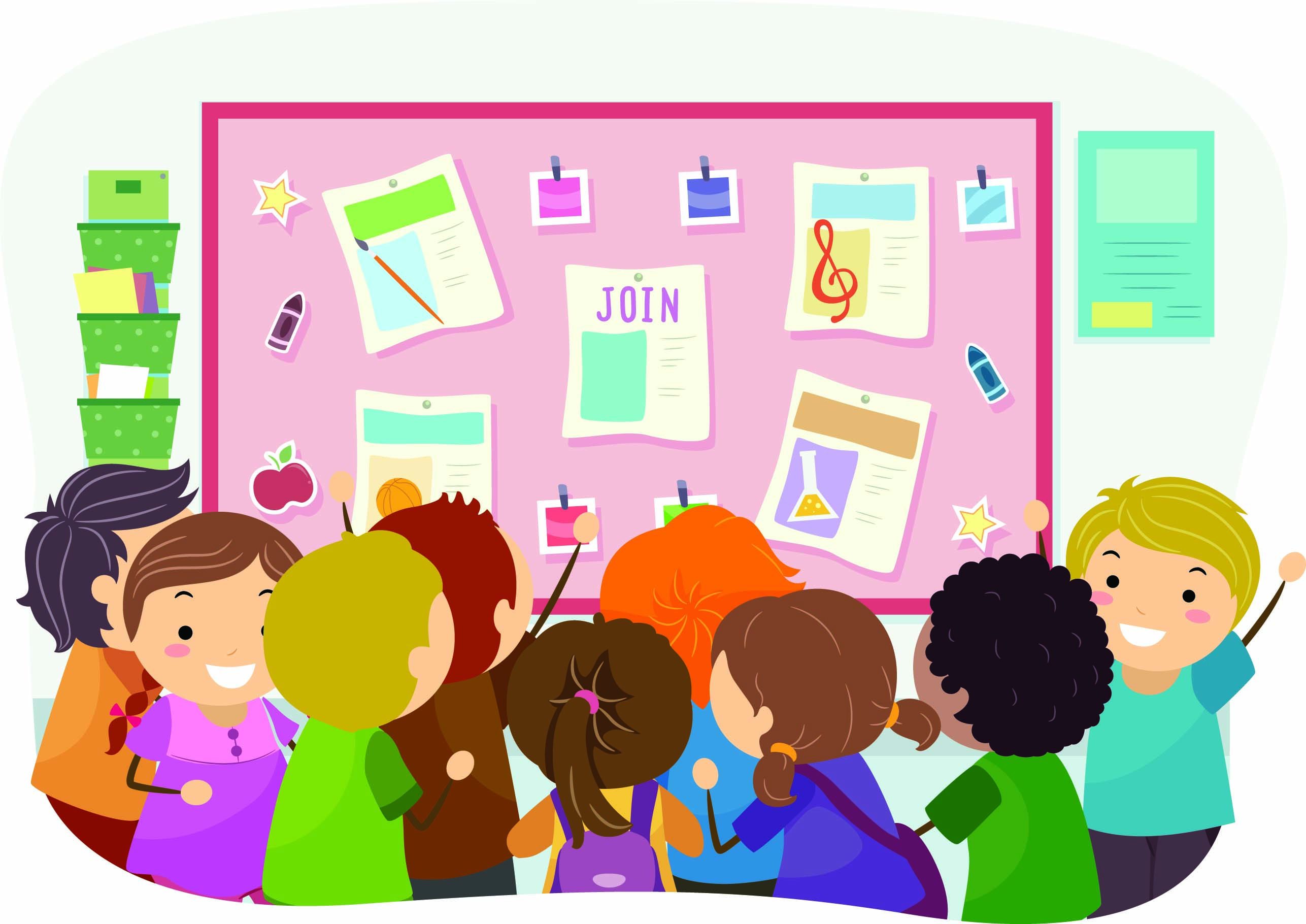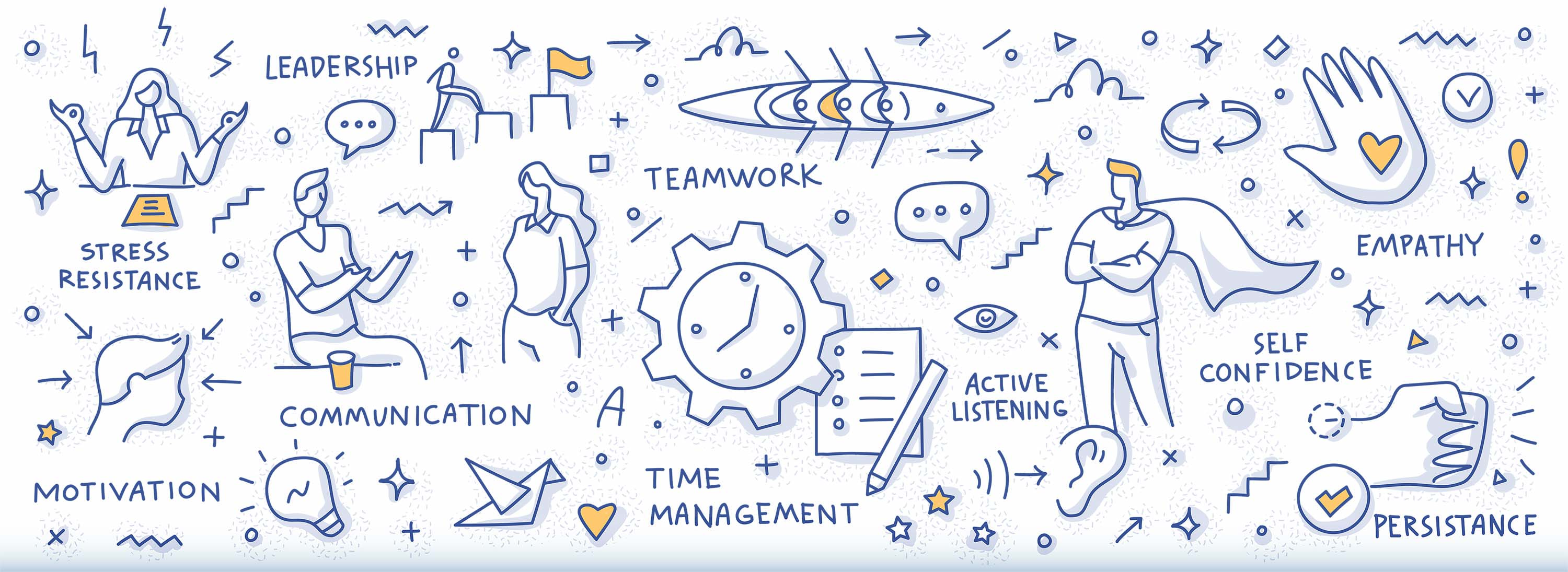February 2020
Playing to learn...for the rest of our lives
How play should impact our college and career choices
February 11, 2020
 Banner image and above
Banner image and aboveFor decades educators have recognized that play and learning go hand in hand for young children. Through play, children learn about the world around them and develop essential skills in the areas of math (e.g., early numeracy), language and communication, collaboration and negotiation with their peers, and science like testing a hypothesis. Play also allows children to experience the world of work. Using their imaginations, children visit the world of careers by playing what they see each day in their own communities. As they play, children transform into construction workers, doctors, teachers, veterinarians, and bakers; moreover, the import of play for understanding their future interests and options is critical.
Play also allows children to experience the world of work...[and it] is just the first step in career development throughout the lifespan.
Play is just the first step in career development throughout the lifespan. K-12 students need opportunities to explore career, assess their own interests and values, and learn about individual careers, career clusters, and career pathways related to their interests and aptitudes. Furthermore, students should have assistance linking what they are learning in the classroom to the world of work. In doing so, students are more likely to see the relevance in what they are learning as it relates to their futures. In addition, providing students with career assessment results periodically allows them to reflect on the academic and post-secondary choices they are making. These assessments include information on interests, values, personality, lifestyle, ongoing educational and training tolerance, and financial choices.
Academic Choices
Although much has been written on the importance of academic rigor and pushing students to engage in a more difficult curriculum throughout K-12, life balance is also important. Recently, some universities’ enrollment managers have begun to acknowledge that although having 8-10 advanced placement courses in high school may be impressive, the life experiences lost to get through those courses might not be worth it. For example, students who forego participation in athletics, band, student government, debate, volunteer activities, or leadership solely for the purpose of academics, to the exclusion of all other interests, may not be as well-rounded. Moreover, these students may not be prepared to contribute fully as citizens through leadership and service to the university community, or to their own communities, if their sole focus has been academic accomplishment. Therefore, universities are starting to look more holistically at students, including their overall school and extracurricular involvement.
CTE and College Bound
Under No Child Left Behind schools endorsed a 4-year university bound culture for every student. However, this approach largely excluded the importance of options for students interested in technical careers and community college degrees. Through the reauthorization of the Elementary and Secondary Education Act (ESEA) known as the Every Student Succeeds Act, a focus on career development and post-secondary success emerged. Students are now given many high school career path options including career and technical education paths that lead to high paying occupations in their geographic area (e.g., computer programming, electrical engineering, welding, HVAC, nursing).
Work-Based Learning
Beyond understanding careers, students also need opportunities to apply what they are learning in the classroom to build employability skills. These skills include a) experiences to build competencies within a particular field of study such as physics or construction, b) development of competencies in workplace knowledge, awareness, and skills such as basic technology skills, conflict resolution skills, and team work and collaboration skills. These work-based learning opportunities may come in many forms including summer internships, practica, apprenticeships, job shadowing, and contractual employment.
Beyond understanding careers, students also need opportunities to apply what they are learning in the classroom to build employability skills.
Volunteering and Extracurricular Activities
Often, students are encouraged to volunteer or to engage in service-learning. This is a great idea and an excellent opportunity for career exploration. Educators and parents should consider encouraging students to pick service-learning or volunteer activities that align to their career interests and allow them to more fully explore their future options. For example, a student who is interested in a career in forestry might volunteer at a local arboretum.
Similarly, students might consider the choices they make in regard to extracurricular activities. By making choices that allow them to explore their interests and give them opportunities to experience career-related pursuits, they are given further exposure to career. Examples of this would might include a student who is interested in a career as an attorney joining the debate team and a student who is interested in a career as a computer programmer joining the robotics team.
Post-Secondary Choices
When it comes to life after high school, one thing is clear, most students will need some kind of post-secondary education. However, it is imperative that students understand the college payoff to determine what level of degree is necessary to meet their future career goals whether that is technical school, 2-year community college, or 4-year university. In order to make this determination, students need to understand: a) the level of degree necessary to enter a desired career; b) the type of institution that can award specific degrees; and c) the cost of a degree compared to the projected outlook and earnings for that particular degree. Beyond post-secondary access, students should gain an understanding during K-12 that lifelong learning is essential to career success as many occupations require ongoing credentialing and training.

Extracurricular activities:
By making choices that allow [students] to explore their interests and give them opportunities to experience career-related pursuits, they are given further exposure to career. An example of this would include a student who is interested in a career as an attorney and joins the debate team. Another example is a student who is interested in a career as a computer programmer joins the robotics team.

Beyond post-secondary access, students should gain an understanding during K-12 that lifelong learning is essential to career success as many occupations require ongoing credentialing and training
Summary
Career development is a lifelong endeavor. During PreK-12, students need to gain the necessary skills to use self-assessment and technology to research and explore careers. During the high school to post-secondary transition, students will need to understand the college payoff and training required to obtain the credentials necessary for the type of work they are interested in doing. The PreK-12 experience gives students opportunities to learn how to continue developing throughout their career and how to gain the skills and knowledge, both inside and outside of the classroom, to better prepare for the world of work.
Career Book List
- Career Day, by Anne Rockwell
- Whose Hat Is This?: A Look at Hats Workers Wear - Hard, Tall, and Shiny, by Sharon Katz Cooper
- Whose Tools Are These?: A Look at Tools Workers Use - Big, Sharp, and Smooth, by Sharon Katz Cooper
- Clothesline Clues to Jobs People Do, by Kathryn Heling
- Trucks Machines & Things That Go, by B. Kirbo
- Delivering Your Mail (Community Workers), by Ann Owen
- What Do Grown-ups Do All Day?, by Virginia Morgand
- I Want to Be a Veterinarian, by Stephanie Maze
- Librarians at Work, by Karen Latchana Kenney
- Roadwork, by Sally Sutton
- Lawn Boy, by Gary Paulsen (good for middle school)
- I Want to Be an Astronaut, by Byron Barton
- Trashy Town, by Andrea Zimmerman
- Demolition, by Sally Sutton
- I Want To Be A Doctor, by Dan Liebman
- A Day in a Life of a Police Officer, by Linda Hayward
- Helpers in My Community, by Bobbie Kalman
- Big Frank's Fire Truck, by Leslie McGuire
- What Shoes will You Wear? by Julia Cook
- Cool Careers in STEM, by Sally Ride
- What Color Is Your Parachute? (teen version) by Carol Christen
- Careers: The Graphic Guide to Finding the Perfect Job for You, by DK
- You Got This! by Maya Penn
- Do What You Are, by Paul Tieger
- The Art of Work, by Jeff Goins
- The 7 Habits of Highly Effective Teens, by Sean Covey
Written by:
Jennifer Curry, PhD
Shirley B. Barton Professor in the College of Human Sciences & Education
Jennifer Curry, PhD, teaches in the counselor education program at Louisiana State University. Her professional experience includes serving as a professional school counselor in elementary, middle, and high school settings. Her research interests include career and college readiness and school counselor development. She has published over 40 peer reviewed articles and three books, “Career and College Readiness of African American Students: The journey unraveled” published by Lexington books; “P-12 Career Counseling in Schools” published by Springer; and “Integrating Play Therapy in Comprehensive School Counseling Programs” published by Information Age. She has presented her work nationally and internationally on a wide range of school counseling topics at over 50 professional conferences. Additionally, she has served as guest editor of the American School Counselor Association’s (ASCA) Professional School Counseling journal and as an editorial board member for six years. Dr. Curry has also served as a delegate of ASCA’s national assembly, President of the Louisiana School Counselor Association, and president of the national Association for Spiritual, Ethical and Religious Values in Counseling. She is the recipient of the Roger Aubrey Northstar award for the person most likely to change the field of counseling, the American Counseling Association’s Ross Trust Award for School Counseling, the Biggs-Pine publication award, ASERVIC’s meritorious service award, LSU’s College of Education Early Career Award, and Louisiana Counseling Association’s Advocacy Award.

